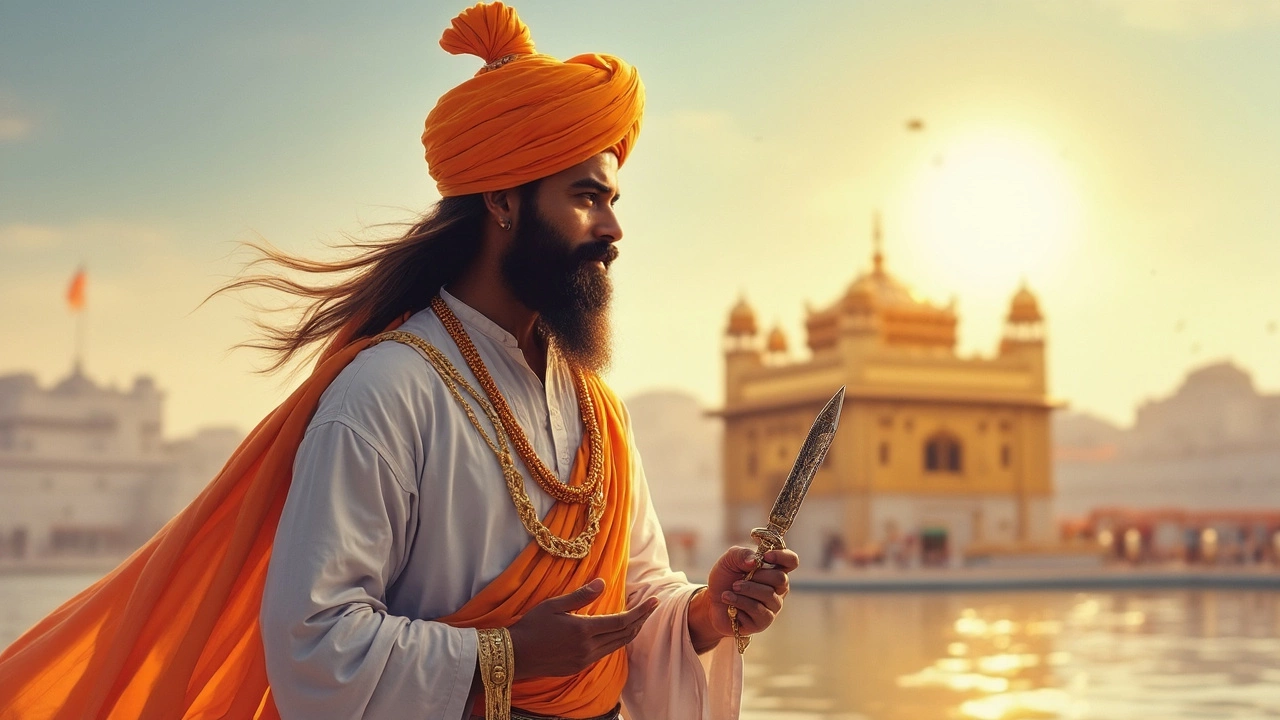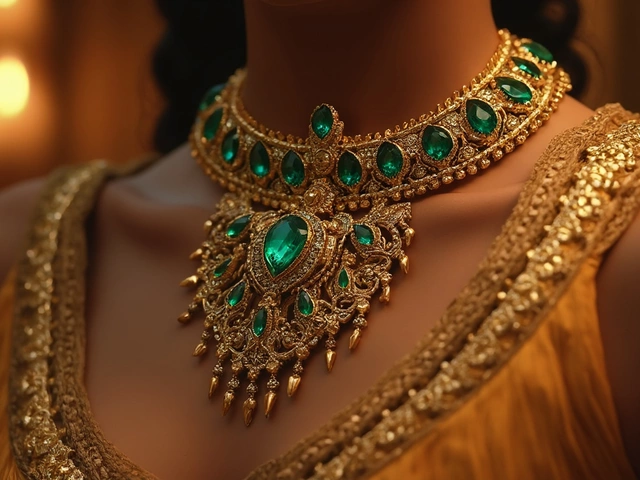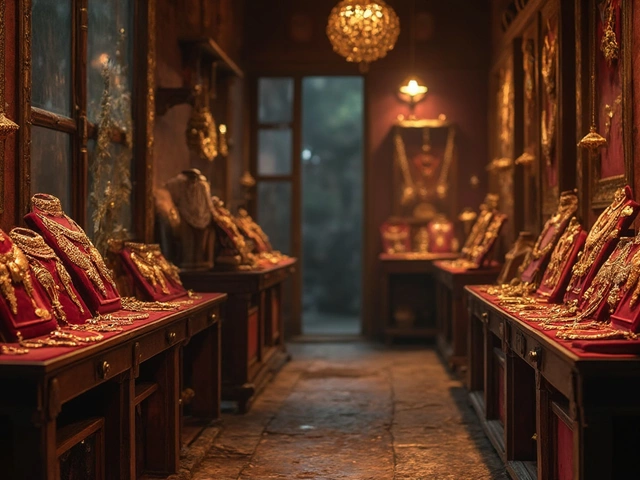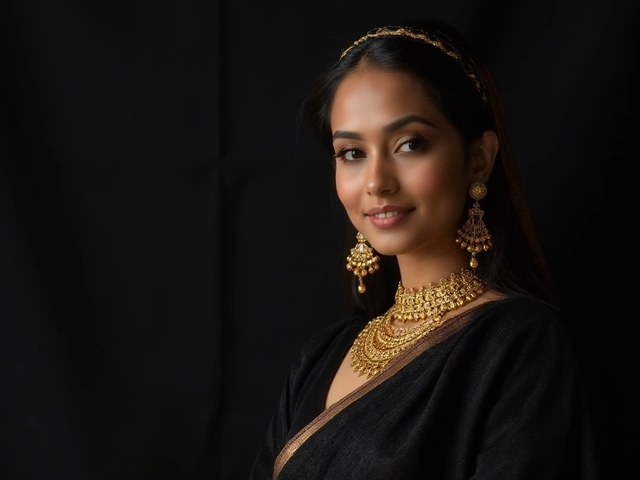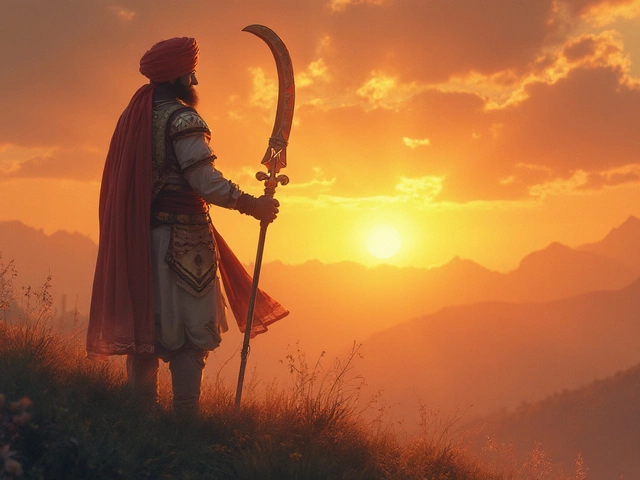Sikh Symbols: What They Mean and How to Wear Them
If you’ve ever seen a simple double-edged sword or a stylized ‘One’ and wondered what it stands for, you’re looking at Sikh symbols. These icons show up on everything from turbans and pendants to tattoos and home décor. Let’s break down the most common symbols, why they matter, and how you can wear them without feeling out of place.
The Khanda – The Core Emblem
The Khanda is the most recognizable Sikh symbol. It features a double-edged sword flanked by two single swords (kirpans) and a circular chakram (a small round shield). The central sword represents the belief in one God, while the two side swords show the duty to protect that belief and the community. The circle binds them together, symbolizing unity and the endless nature of truth.
When you see a Khanda on a necklace or ring, it’s a statement of faith and a reminder to stay brave. Many people choose a silver or gold Khanda pendant because the metal mirrors the sword’s strength. If you’re new to wearing it, start with a simple chain – it looks clean and lets the symbol speak for itself.
Ik Onkar – The One Supreme Reality
Ik Onkar literally means ‘One God’. It’s written as a stylized ‘੧’ (the Punjabi numeral one) followed by a small ‘O’. This symbol appears at the beginning of Sikh prayers and scriptures. It tells you that everything comes from a single, all‑powerful source.
In jewelry, Ik Onkar often shows up as a tiny charm on bracelets or as a subtle engraving on bangles. If you want a subtle look, pick a small enamel piece that blends with your skin tone. It’s a quiet way to keep the reminder close without making a big visual statement.
Other Popular Symbols You’ll Meet
KC (Kirat Kaur) – Sometimes used as a monogram for Sikh women, combining ‘K’ for Kirat (meaning ‘honor’) and ‘C’ for the Punjabi name Kaur. It’s a modern twist, mostly seen on personalized jewelry.
Gurbani Script – Short verses from the Guru Granth Sahib etched onto pendants. These add a personal prayer to your piece, turning it into both fashion and devotion.
Chandni (Crescent) – A less common symbol, it represents the moon’s role in guiding nighttime prayers. You’ll find it on some decorative items and a few niche designs.
How to Choose and Wear Sikh Symbol Jewelry
First, think about the occasion. A bold Khanda necklace works well for festivals like Vaisakhi or a gurdwara visit, while a tiny Ik Onkar charm fits everyday wear. Second, pick metal that matches your skin tone; gold looks warm on deeper tones, while silver can pop against lighter skin.
Fit matters too. A pendant that sits just above the collarbone is comfortable and visible when you’re in a crowd. If you’re buying a bangle, make sure it’s not too tight – you’ll want to move your wrist freely, especially during prayers.
Lastly, consider the story you want to tell. Each symbol carries a lesson: courage, unity, devotion. Choose the one that resonates most with your personal journey. Wearing it isn’t just about style; it’s a daily reminder of the values you hold dear.
Whether you’re adding a new piece to your collection or looking for a meaningful gift, Sikh symbols offer a blend of history and personal expression. Keep the meaning close, wear it proudly, and let the symbols speak for you.
Exploring the Five Symbols of Sikhism
The five symbols of Sikhism, known as the Five Ks, are integral to the Sikh faith and represent the core values and identity of Sikhs. These symbols are more than just physical items; they hold deep spiritual significance and serve as daily reminders of faith and commitment. Each symbol has a distinct purpose, reflecting the beliefs and duties of a practicing Sikh. From the steel bracelet to the ceremonial comb, these symbols weave into the everyday lives of Sikhs, illustrating unity and devotion. Understanding these symbols offers valuable insights into Sikhism's rich cultural and religious tapestry.
